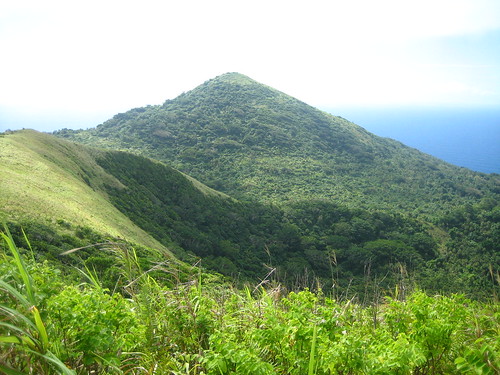AMSCO Chapter 9
5.0(1)
5.0(1)
Card Sorting
1/38
Earn XP
Description and Tags
Study Analytics
Name | Mastery | Learn | Test | Matching | Spaced | Call with Kai |
|---|
No study sessions yet.
39 Terms
1
New cards
Northeast
In the early 19th century, the area which included New England and the Middle Atlantic states. (p. 173)
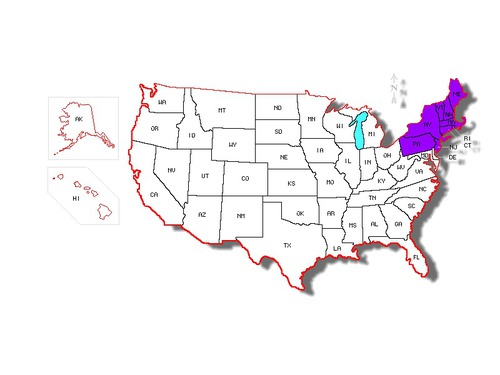
2
New cards
Old Northwest
In the early 19th century, the territory which stretched from Ohio to Minnesota. (p. 173)
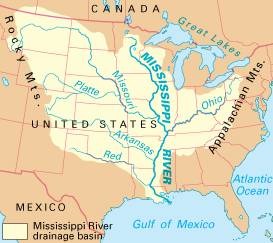
3
New cards
sectionalism
Loyalty to a particular region of the country. (p. 173)
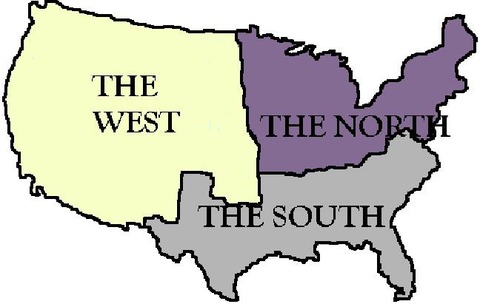
4
New cards
Nativists
Native-born Americans who reacted strongly against the immigrants, they feared the newcomers would take their jobs and weaken the culture of the Protestant and Anglo majority. (p. 176)
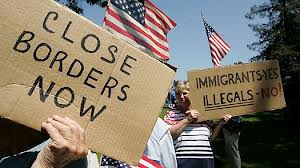
5
New cards
American party
In the early 1850s, this party which opposed immigrants, nominated candidates for office. They were also called the Know-Nothing party. (p. 176)
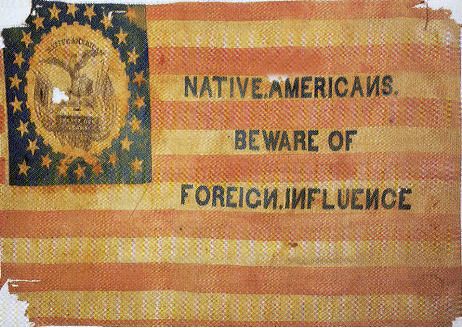
6
New cards
Know-Nothing Party
Nativists, also known as the American party. (p. 176)
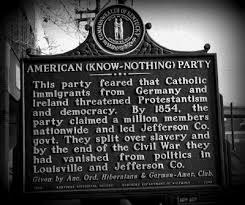
7
New cards
Free African Americans
By 1860 as many as 250,000 African Americans in the South were free citizens. Most of them lived in the cities where they could own property. However, they were not allowed to vote or work in most skilled professions. (p. 179)
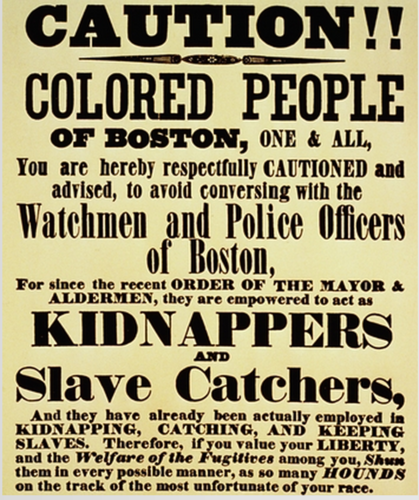
8
New cards
planters
The South's small wealthy elite that owned more than 100 slaves and more than 1000 acres. (p. 180)
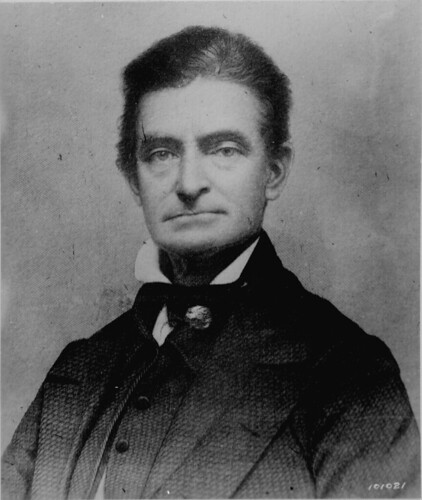
9
New cards
Codes of Chivalry
The Southern aristocratic planter class ascribed to a code of chivalrous conduct, which included a strong sense of personal honor, defense of womanhood, paternalistic attitudes toward all who were deemed inferior. (p. 180)
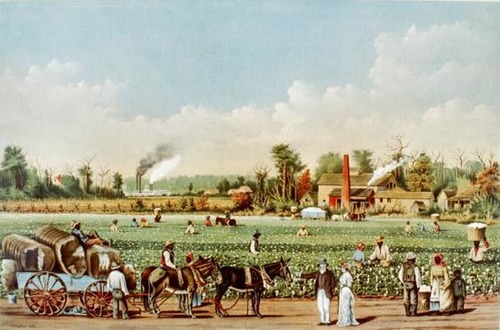
10
New cards
poor whites
The term for the three-fourths of the South's white population who owned no slaves. (p. 180)
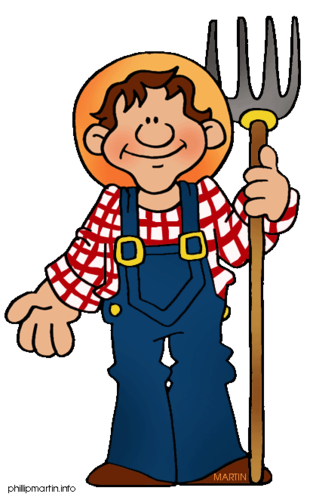
11
New cards
hillbillies
Derisive term for poor white subsistence farmers, they often lived in the hills and farmed less productive land. (p. 180)

12
New cards
mountain men
In the 1820s, these were the earliest white people in the Rocky Mountains. They trapped for furs and served as guides for settlers traveling to the West coast. (p. 181)
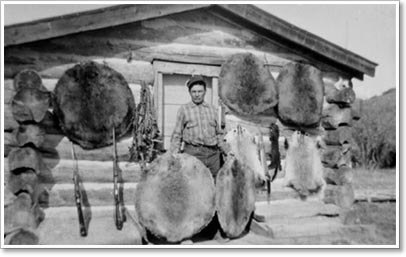
13
New cards
the West
The term that referred to the new area that was being settled, the location changed as the white settlements moved westward. (p. 181)

14
New cards
the frontier
The area that was newly settled in the West, it moved further west over time. (p. 181)
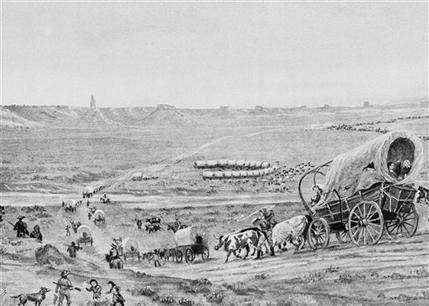
15
New cards
Deep South
The cotton rich area of the lower Mississippi Valley. (p. 178)
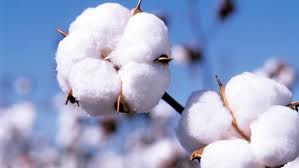
16
New cards
American Indian removal
By 1850, most American Indians were living west of the Mississippi River. The Great Plains provide temporary relief from white settlers encroaching on their territory. (p. 181)
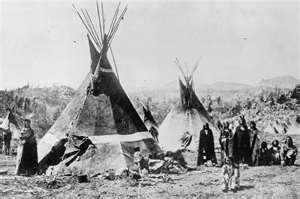
17
New cards
Great Plains
Native Americans in this area used the horse to hunt buffalo. Tribes such as the Cheyenne and the Sioux, became nomadic hunters following the buffalo herds. (p. 181)

18
New cards
white settlers
In the 1840s and 1850s, they settled the Western frontier. They worked hard, lived in log cabins or sod huts. Disease and malnutrition were even greater dangers than attacks by American Indians. (p. 182)
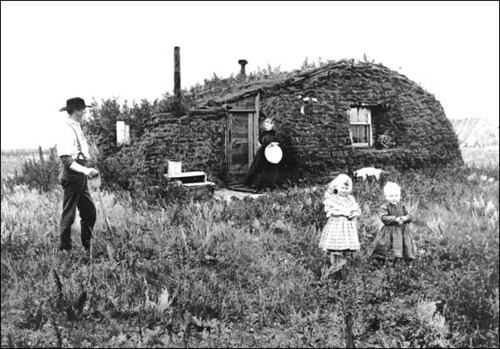
19
New cards
urbanization
Early 19th century urban working class neighborhoods featured crowded housing, poor sanitation, infectious diseases, and high rates of crime. (p. 174)
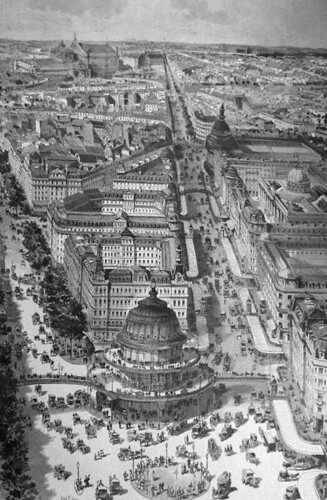
20
New cards
urban life
The North's urban population grew from about 5 percent of the population in 1800 to 15 percent by 1850. (p. 174)
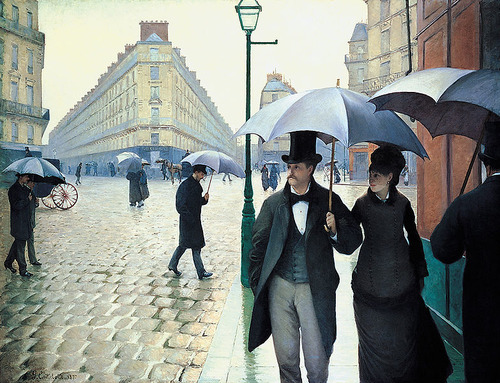
21
New cards
new cities
After 1820, Buffalo, Cleveland, Detroit, Chicago, Cincinnati, and St. Louis developed as transportation points for shipping agricultural products to the East, and receiving manufactured goods from the East. (p. 175)
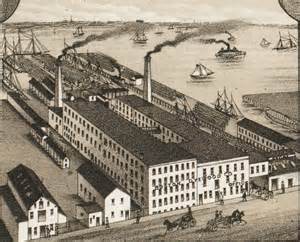
22
New cards
Irish potato famine
From 1820 to 1860, almost 2 million immigrants came from Ireland. Most of them were tenant farmers driven from their homeland by potato crop failures. (p. 176)
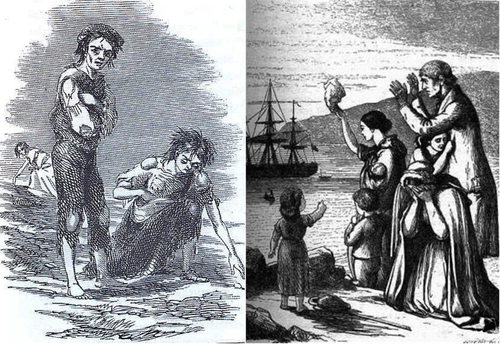
23
New cards
Roman Catholic
Most of the Irish were this religion and they faced strong discrimination because of it. (p. 176)
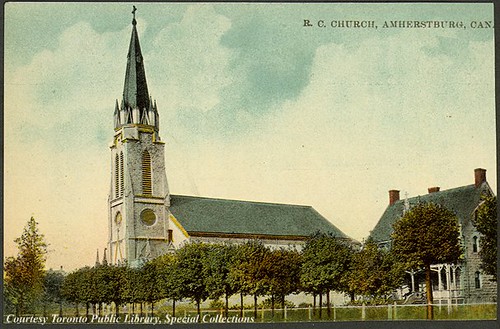
24
New cards
Tammany Hall
New York City's Democratic organization. (p. 176)
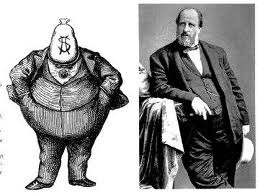
25
New cards
Germans
In the 1840s and 1850s, because of economic hardship and the failure of democratic revolutions, one million of these people came to the United States. They often established homesteads in the Old Northwest and generally prospered. (p. 176)
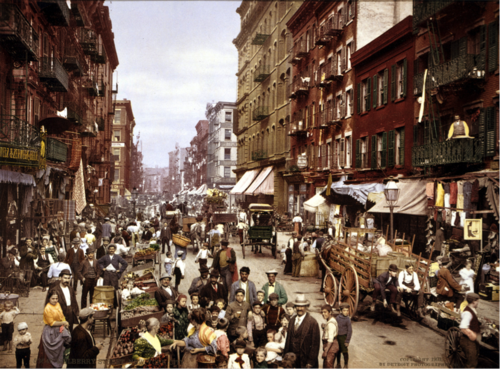
26
New cards
immigration
From the 1830s to the 1850s, four million people came from northern Europe to the United States. (p. 175)
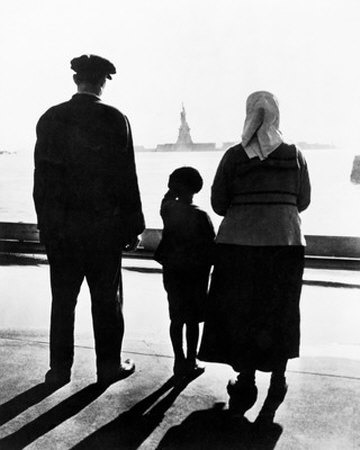
27
New cards
King Cotton
By the 1850s, this agricultural product was by far the South's most important economic force. (p. 177)
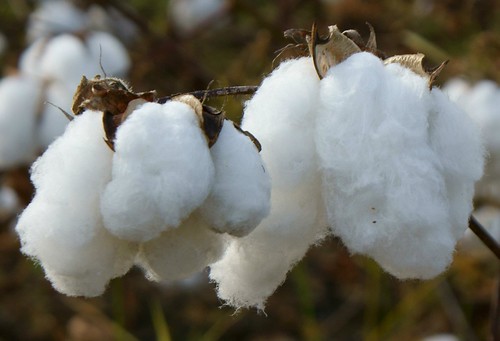
28
New cards
Eli Whitney
The United States inventor of the mechanical cotton gin, which made cotton affordable throughout the world. (p. 178)
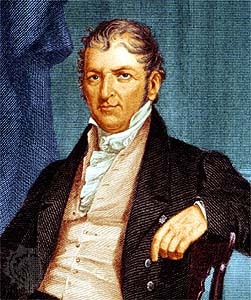
29
New cards
peculiar institution
A term that referred to slavery because many southern whites were uneasy with the fact that slaves were human beings yet treated so unfairly. Some used historical and religious arguments to support their claim that it was good for both slave and master. (p. 178)
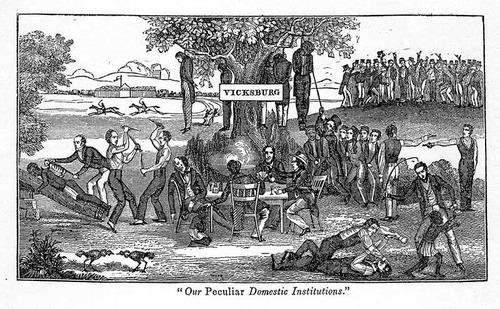
30
New cards
Nat Turner
In 1831, he led a major slave uprising. (p. 179)
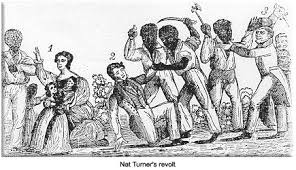
31
New cards
slave codes
In parts of the Deep South, slaves made up nearly 75 percent of the population. Fearing slave revolts, laws were passed which restricted blacks movements and education. (p. 178)

32
New cards
Industrial Revolution
Originally this revolution was centered in the textile industry, but by the 1830's, northern factories were producing a wide range of goods - everything from farm implements to clocks and shoes. (p. 174)
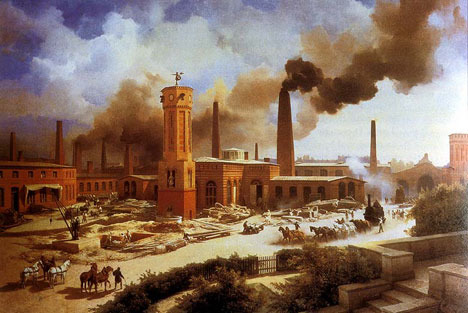
33
New cards
unions
For a brief period in the 1830s an increasing number of urban workers joined unions and participated in strikes. (p. 174)
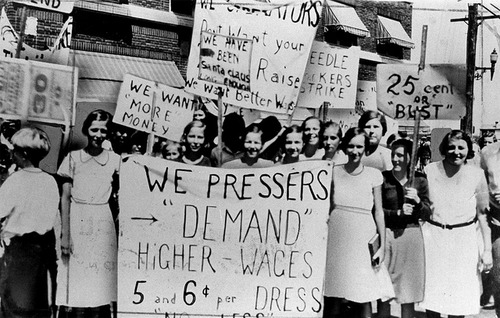
34
New cards
ten-hour workday
During the 1840s and 1850s, most northern state legislatures passed laws establishing a ten-hour workday for industrial workers. (p. 174)
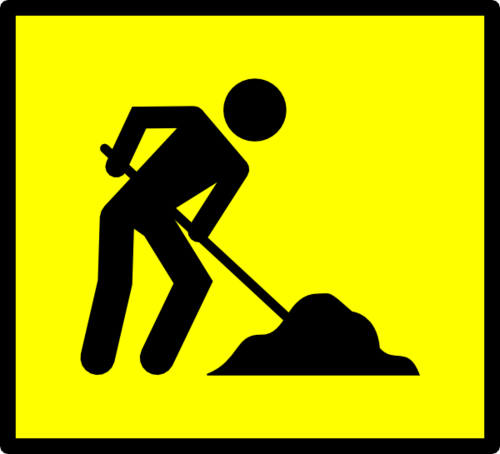
35
New cards
mechanical reaper
Cyrus McCormick (United States inventor) created this which made farms more efficient by cutting crops quickly (p. 175)
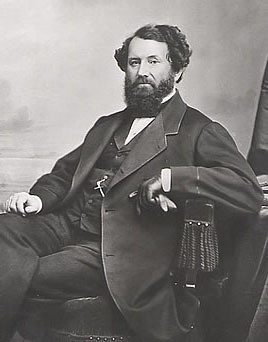
36
New cards
steel plow
John Deere (United States inventor) invented this which made farms more efficient by digging trenches and plowing land. (p. 175)
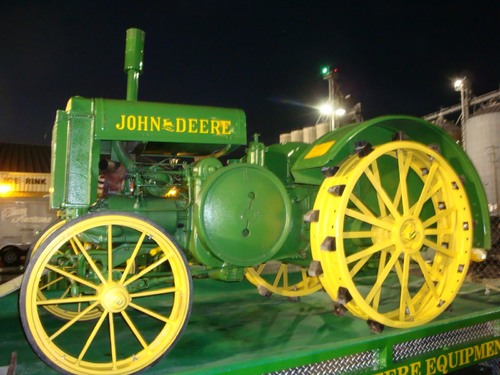
37
New cards
Daniel Webster
A senator, who warned that sectionalism was dangerous for the United States. (p. 173)
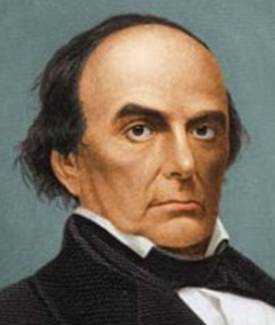
38
New cards
environmental damage
This term, described what occurred when settlers cleared forests and exhausted the soil. (p. 182)
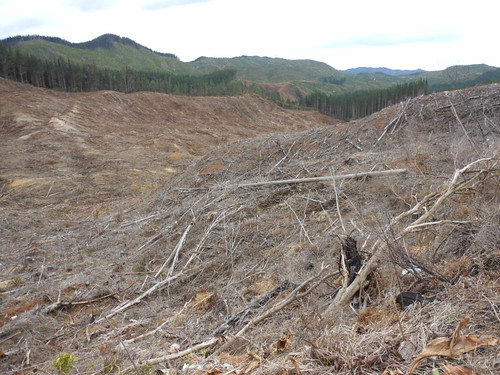
39
New cards
extinction
This term, described what trappers and hunters did to the beaver and buffalo populations. (p. 182)
